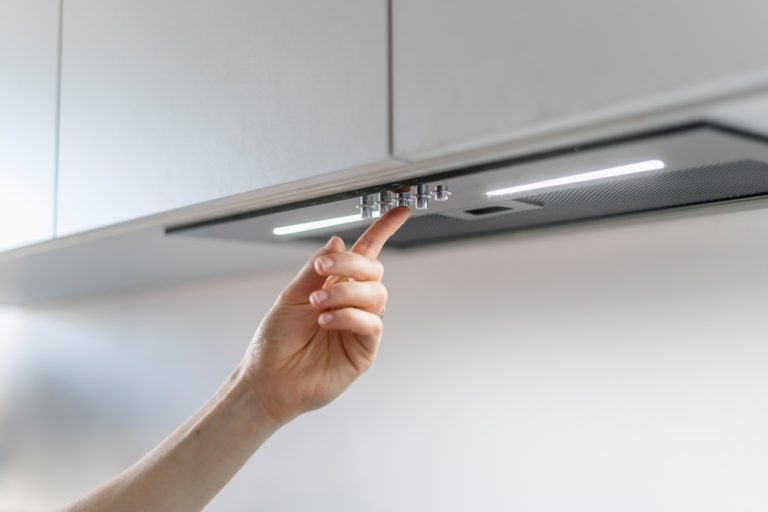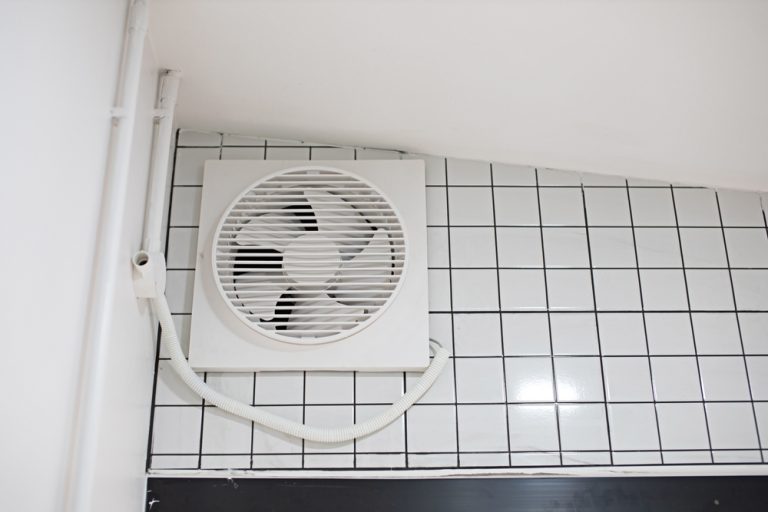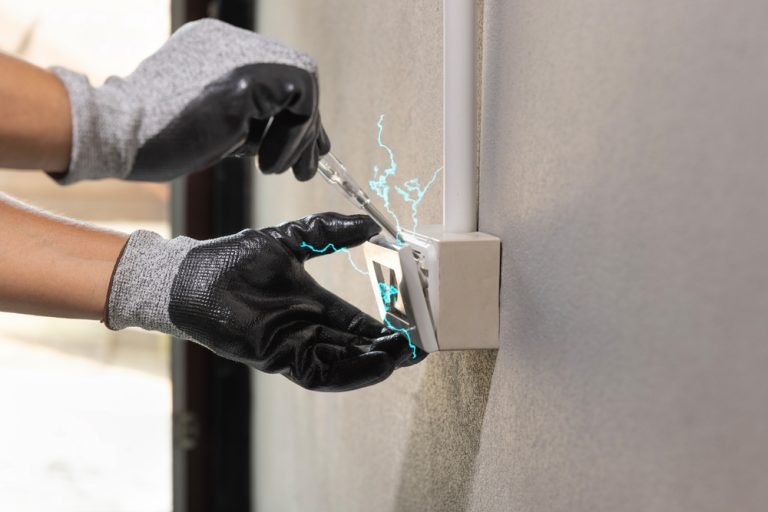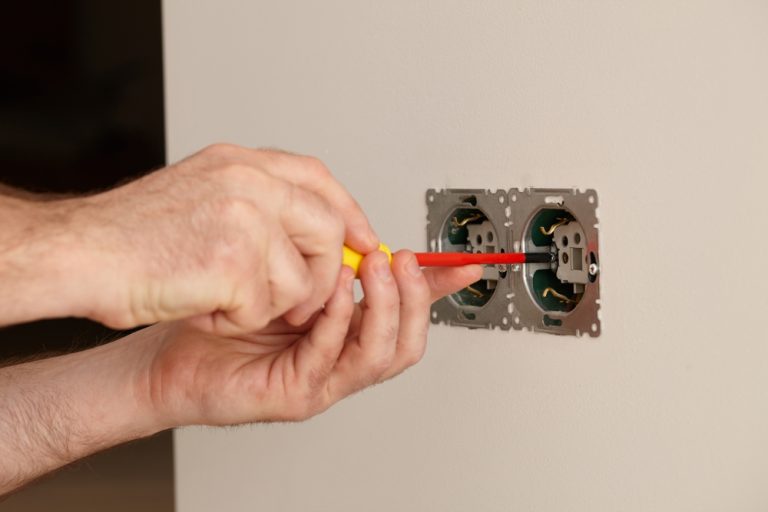Does a Kitchen Island Need an Electrical Outlet?
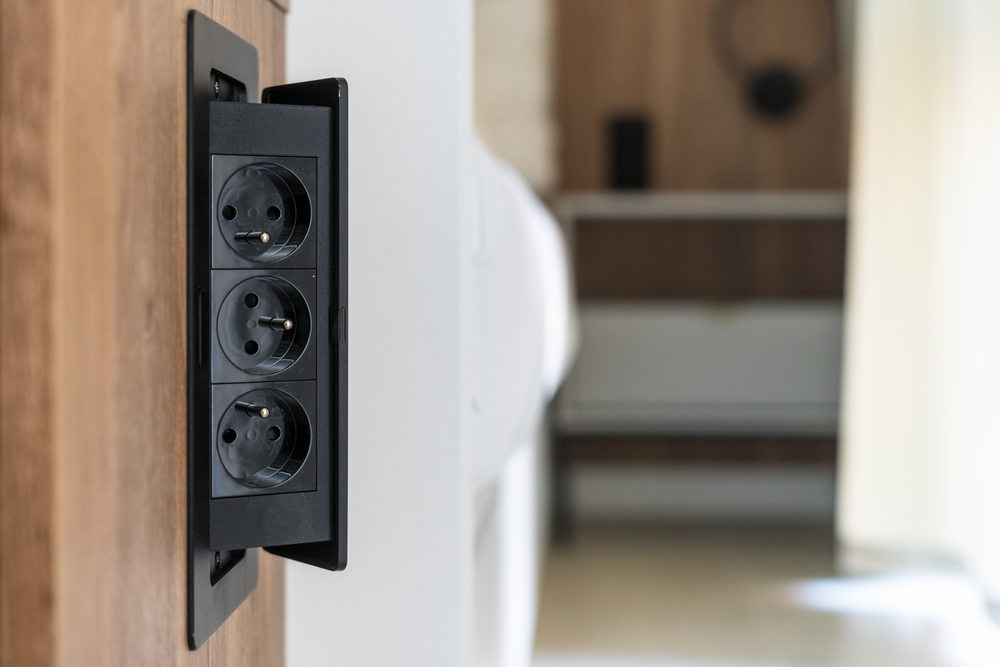
When designing or remodeling a kitchen, many homeowners wonder, does a kitchen island need an electrical outlet? A kitchen island is a central feature in modern kitchens, offering extra counter space, storage, and often a seating area. But as functional as a kitchen island can be, electrical outlets play a significant role in enhancing its utility.
In this blog, we’ll explore when and why a kitchen island needs an electrical outlet, what the building codes say, and how you can decide if it’s necessary for your kitchen layout.
Why a Kitchen Island May Need an Electrical Outlet?
While it’s not mandatory in every kitchen design, having an electrical outlet on your kitchen island can significantly improve its functionality. Let’s look at some common reasons why a kitchen island might require an outlet.
Convenience for Small Appliances
One of the most common uses for electrical outlets in kitchen islands is to power small appliances. If you plan to use blenders, mixers, or food processors on your island, having an electrical outlet nearby makes it more convenient and safer, eliminating the need to run long cords across the kitchen to a wall outlet.
Charging Devices
With the rise of technology, many homeowners are incorporating USB ports and outlets into their kitchen islands for charging phones, tablets, or laptops. If your island doubles as a workspace or gathering area, having an outlet can make it more versatile, allowing family members to charge their devices while cooking or working.
Lighting and Under-Cabinet Lighting
If you’re planning to install pendant lights or under-counter lighting on your island, you’ll need electricity to power them. Having an electrical outlet can ensure that these lighting features are functional, adding both ambiance and practicality to the space.
Building Code Requirements for Electrical Outlets in Kitchen Islands
Understanding the importance of electrical outlets in a kitchen island leads to the question: does a kitchen island need an electrical outlet by code? In many regions, local building codes and the National Electrical Code (NEC) in the United States do require at least one electrical outlet on a kitchen island if the island meets certain criteria.
NEC Electrical Outlet Requirement
According to the NEC, any kitchen island or countertop space with a length of 12 inches or more must have at least one electrical outlet installed. This is mainly for safety reasons, ensuring that you don’t need to stretch cords across the kitchen floor, which could pose a tripping hazard or create a dangerous electrical setup.
GFCI Protection
If your kitchen island requires an electrical outlet, the outlet must be equipped with Ground Fault Circuit Interrupter (GFCI) protection. This safety feature cuts off electricity if it detects an imbalance in the electrical current, protecting you from potential shocks, especially in areas near water sources like the kitchen.
Exemptions from Code Requirements
In some cases, very small islands or movable islands (those without built-in features) may be exempt from needing an electrical outlet. However, if you are installing a permanent kitchen island with built-in appliances, local building codes typically require that at least one outlet be included.
Also Read – Do Kitchen Islands Require Electricity?
Advantages of Having an Electrical Outlet on Your Kitchen Island
Knowing does a kitchen island need an electrical outlet is essential for deciding whether to include one. Beyond code requirements, there are several practical advantages to installing an electrical outlet on your island.
Increased Functionality
An outlet on your kitchen island makes it a more functional workspace. You can plug in small appliances, such as a stand mixer or coffee maker, without needing to rearrange your entire kitchen to find a nearby outlet. This allows you to maximize your island’s potential as both a prep area and a serving station.
Better Workflow
Kitchens are all about flow, and having an outlet on the island can streamline your cooking process. Instead of walking back and forth between the island and wall outlets, everything you need can be powered right where you’re working, saving time and effort.
Multi-Purpose Usage
If your kitchen island serves multiple purposes—such as a dining area, workspace, or homework station—having an outlet gives you more options. Family members can charge devices, plug in laptops, or use small electronics, making the island the hub of your kitchen and home life.
Drawbacks of Not Having an Electrical Outlet
Deciding whether to include an outlet depends on how you plan to use your kitchen island. But does a kitchen island need an electrical outlet if you’re not sure you’ll use one? Let’s consider some drawbacks of not having an outlet on the island.
Limited Appliance Use
If you don’t install an outlet on your kitchen island, you limit its potential. For example, if you enjoy baking and would like to use a mixer or blender on the island, you’ll need to move these appliances to another location where an outlet is available, which can be inconvenient.
Increased Clutter
Without an outlet on your island, you may find yourself using extension cords or having to stretch appliance cords across the kitchen. Not only can this be an eyesore, but it also creates a cluttered and potentially hazardous workspace.
Resale Considerations
If you’re considering future home resale value, potential buyers may expect modern features like electrical outlets on kitchen islands. Skipping the outlet could make your kitchen feel less functional or up-to-date, especially if the island is large enough to justify it.
Where to Install an Electrical Outlet on a Kitchen Island?
If you decide that your kitchen island does need an electrical outlet, the next step is figuring out where to install it. Placement matters, as it needs to be accessible but not intrusive.
Under the Countertop
Many homeowners opt to install outlets underneath the countertop overhang of the island. This keeps the outlets out of sight when not in use, maintaining the sleek look of the island, while still being easy to access.
Side Panels
Outlets can also be installed on the side panels of the island, providing direct access for plugging in appliances. This option works well for those who plan to use their island primarily for food prep.
Pop-Up Outlets
For a more modern, minimalist look, pop-up outlets are an excellent choice. These outlets remain hidden when not in use and pop up from the surface of the island with a simple press. This is a great option if you want to keep your island surface as clean and clutter-free as possible.
Conclusion
So, does a kitchen island need an electrical outlet? In most cases, yes—especially if you plan to use your island for cooking, appliance use, or charging devices. The NEC and local building codes often require at least one outlet if the island is large enough, ensuring both functionality and safety.
Whether it’s for powering small appliances or integrating lighting and USB ports, adding an electrical outlet can make your kitchen island a multi-functional centerpiece of your home. By planning outlet placement carefully and following building regulations, you can enjoy a more practical and efficient kitchen space.

